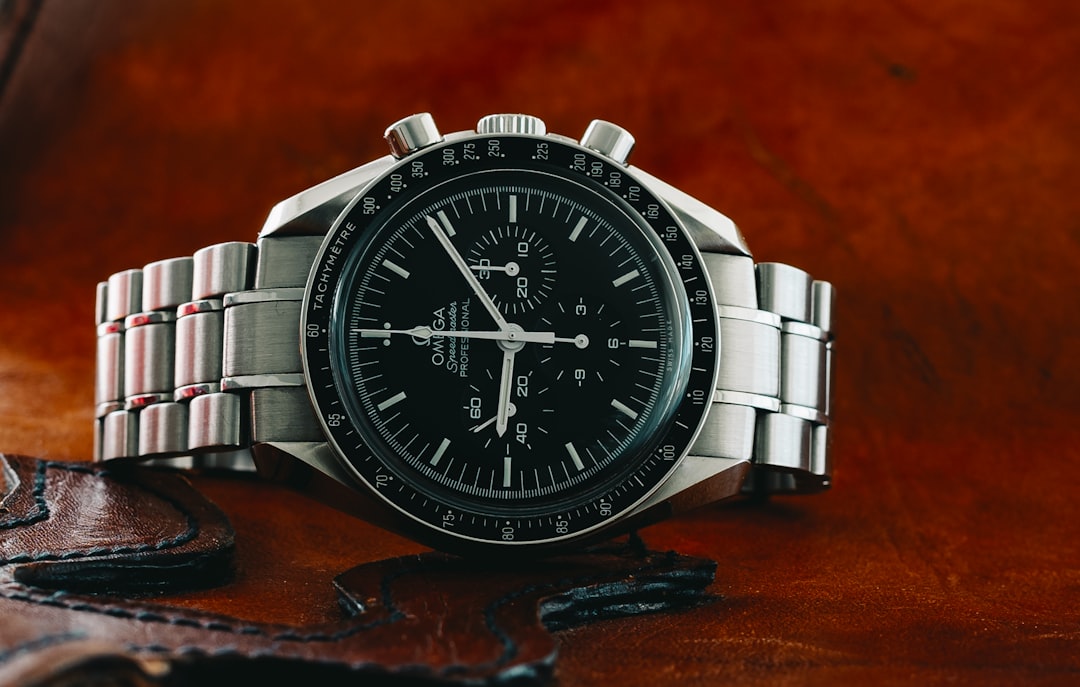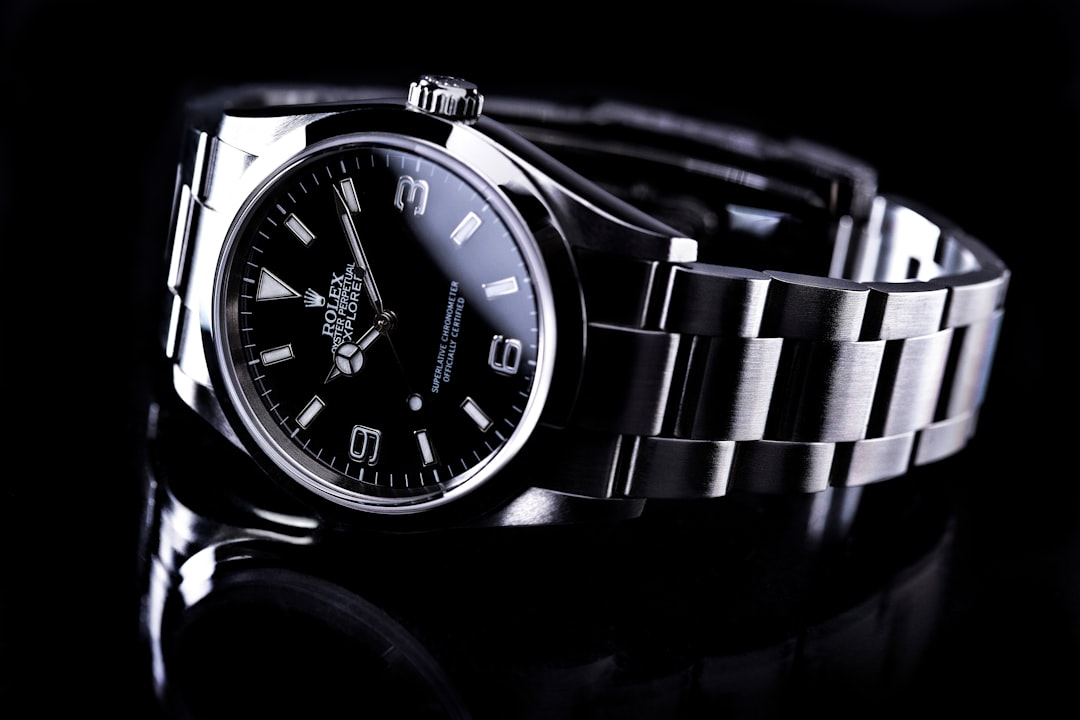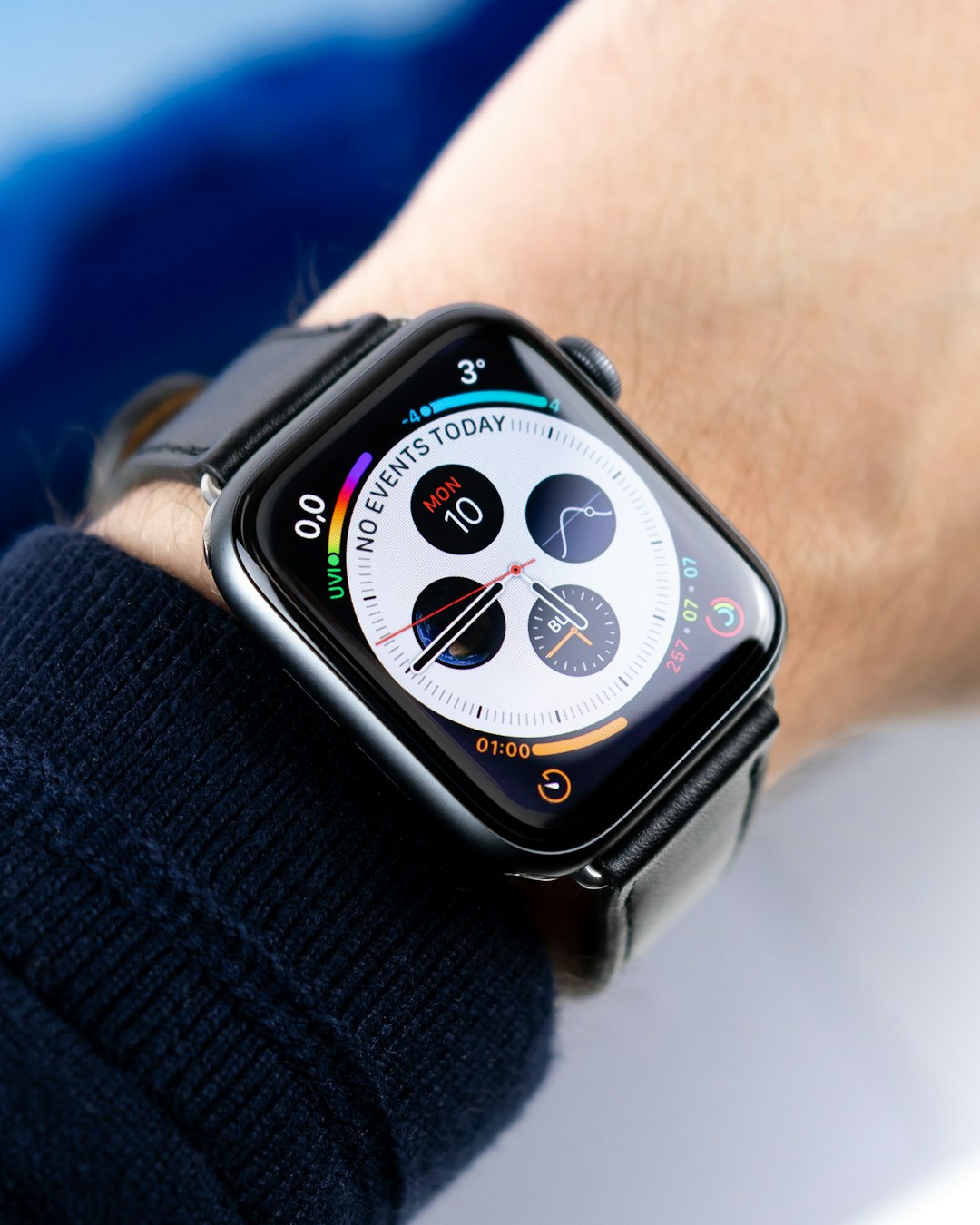
[This article on mechanical watches first appeared on Robert Farago’s substack.] My friend Jon has a very specific idea of fun. “If it doesn’t involve the threat of death, it’s not fun.” Good point. Motorcycling wouldn’t be half as much fun if I wasn’t aware that every ride could be my last.
Motorcycling, shooting, skiing, dating – all activities that force me to concentrate on what I’m doing, to the complete and total exclusion of everything else. Otherwise, bad things can happen.
Mechanical watches also used to be a matter of life or death.
Not for the average wearer. Soldiers (How The Civil War Changed Our Perception of Time), pilots, explorers and race car drivers. Professions and pursuits where wearers relied on timing to not die, or let someone else die (e.g., doctors).
Back in the day and for hundreds of years, manufacturers competed to make their mechanical watches superior to others.
Shock resistance (thank you Breuget), water resistance, temperature insensitivity, legibility, luminosity, navigation calculations – human ingenuity addressing horological quality, durability and utility knew no bounds.
There was real money in it. Even buyers with no critical need for “high-tech” features wanted them on their wrist – in the same way that the vast majority of exotic car buyers never push their vehicle to its limits.
Rolex – initially sold as fancy dress watches – found their fortune making “tool watches.” They built their brand as the tough-as-nails, reliable AF professional’s choice. Adored by wanna-be’s worldwide.
I reckon the mechanical watch’s practical appeal reached its peak with the OMEGA Speedmaster.

On July 20, 1969, a NASA-approved Speedmaster became the first watch on the Moon. When Apollo 13 astronauts used a Speedy to time a 14-second burn upon which their life depended, it became the last of the mechanical “hero watches.”
OMEGA still sells the mechanical “Moonwatch Professional” in large quantities. When OMEGA and Swatch joined forces to sell an inexpensive quartz version of the original design – the “Moonswatch” – stores had lines out the door.
The Moonswatch was an enormous hit for the same reason OMEGA and all the rest still sell hundreds of thousands of mechanical timepieces: nostalgia.
The plain truth of the matter: no one needs a mechanical watch any more. Not with the smartwatch’s arrival.
In terms of functionality, a smartwatch does everything the best of the best mechanical timepieces can do – and then some. Aside from making you a cup of coffee, if you can think of something you need your smartwatch to do, there’s an app for that (including turning on your coffee maker).
The watch as a life-or-death accoutrement? Smart watches offer fall detection, heart rate and blood oxygen saturation monitoring and more. For doctor download and eventual AI analysis. Older folks can’t afford not to wear one.
This line of thought was inspired by an article in ablogtowatch.com re: a test inflicted on a Fortis Stratoliner mechanical watch.
The company’s new Prez – watch enthusiast Jupp Philip – blasted 13 Stratoliner watches into space via a Swedish Space Corporation S1X-3 suborbital rocket.
The unmanned rocket in question was subject to many times the G-forces of a manned space vehicle. All the watches survived the ordeal. Fortis can now market Stratoliners as “officially certified for space.”
Yes, well, by the ABTW writer’s own reluctant admission, the Fortis torture test served no practical purpose.
“Why not a digital Casio? The idea is that some astronauts might spend not just days or weeks, but years in space — changing cheap batteries is likely not an option. Furthermore, a mechanical backup, even if not plan B, but rather plan E in the succession of timekeeping backups on board, adds an additional layer of security.“
Again, marketing matters!
Fortis’ stratospheric accomplishment provides a talking point – in a business where mechanical watchmakers need a talking point to differentiate themselves from their competitors. And smartwatches.

The thing that jumped out at me: the Fortis Stratoliner is not exactly a paragon of legibility. There are no hour markers. It’s a chronograph-centric timepiece. To time what exactly?
Anything and nothing. While some mechanical chronograph buyers use their onboard stopwatch to time an important event, I bet dollars to donuts you can round the percentage down to zero.
If you need to time something with reliable precision – be you a pilot, solider, submariner, chef or doctor – it’s digital all the way. If you need an analogue dial to get a quick fix on time as a part of an hour, digital watches have an analogue display option.
Backing up, let me be clear about what I mean by mechanical watches’ nostalgic appeal. They aren’t simply catering to a yearning for a simpler time (so to speak).
Buyers are attracted to the mechanical watch as a work of engineering art. A symphony of moving parts too tiny to fully appreciate with the human eye (except for pocket watches).
Even without contemplating complications (e.g., moon-phase), the best mechanical watches are nearasdammit miraculous. I’ve got a 180-year-old key-wound pocket watch that still keeps perfect time.
There’s a reason why so many mechanical watches – from the cheapest to the most expensive – offer a view of the movement through an “exhibition caseback.” It reminds the owner that their timepiece isn’t digital or quartz-driven.
Is a mechanical watch useful? As long as humans face the inexorable journey between the forceps and the stone (hat tip Joni Mitchell), a mechanical watch is a useful measure of the owner’s time on earth.
They’re also the physical embodiment of skills that brought humanity where we are today, technologically-speaking. A form of ancestor worship, if you will. One that preserves a skill set that continues to deserve our admiration and protection.
More than that, mechanical watches are alive in a way that no digital watch can be. The winding and unwinding of the mainspring is like a beating heart. The gears rotating are like the body’s circulatory system, spreading power to motivate the whole.
There’s no denying that wearing one of these “living machines” has a deeply spiritual aspect. As Marshall McLuhan said (quoting an ancient Maori saying), “We look at the present through a rearview mirror; we walk backwards into the future.”
In short, the a mechanical watch connects us to the past. I wonder which watches my children will covet and, please God, wear.







I suspect mechanical watches will always be a status symbol, but what intrigues me is that quartz watches have gotten a slight status bump now that smart watches are the new kids on the block. There is a Chinese microbrand that sells quartz chronographs with an exhibition caseback to show off the quartz movement, and strangely enough, it works.
Quartz tech can be every bit as fascinating. The issue is that $10 quartz movements are already better at the job than all but the priciest mechanicals — so demand falls off rapidly at higher prices.
That democratization of cheap, accurate timekeeping is among the great consumer-electronics technological achievements of the previous century in my opinion. It’s absolutely appropriate for the watches themselves to show off a bit.
And the way Swiss firms have successfully cast it as a bad thing is one of the great marketing achievements of the previous century…
Pre Quartz Crisis: “Swiss watches are more accurate and practical! Everybody should have one!”
Post Quartz Crisis: “Accurate and practical watches are for proles!”
The “backup to the backup” excuse is nonsense, of course.
A quartz watch on a fresh, tested battery would be an order of magnitude more accurate than, and have fewer failure points than, any mechanical watch, at substantially less weight and cost. Truer still if it’s all digital. That’s without even considering kinetic- or light-energy charging.
And if every passenger is wearing one, or if you double-wrist an F91W as your SHTF option, the combined probability of multiple quartz watch failures on the same excursion is getting into “God just wants you dead” territory.
I’ve heard just one ”practical” justification for modern mechanical movements — that there are parts of this earth where watch batteries can’t be had.
But that too is an argument for simple / cheap / repairable / replaceable, not for overbuilt survivability. In upcountry Whereverstan you’d be better off with a recently serviced Seiko5 than a Fortis.